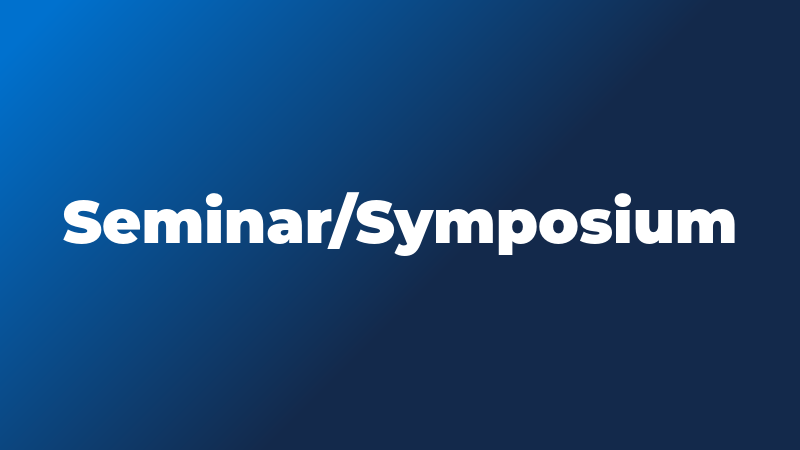Dr. Minjung Son, University of Wisconsin-Madison, "Pathways of excitation energy flow in light-harvesting systems uncovered with ultrabroadband 2D electronic spectroscopy."

- Sponsor
- Professor Zaida Ann Luthey-Schulten
- Contact
- Randy Prince
- rlprince@illinois.edu
- Phone
- 217-333-2540
- Views
- 241
- Originating Calendar
- Chemistry - Physical Chemistry Seminars
Light-harvesting systems operate by absorbing a broad range of the solar spectrum, where the subsequent flow of the absorbed light is exquisitely determined by how the high-energy states funnel the energy downhill to the lower-lying states. I will present the development of ultrabroadband 2D electronic spectroscopy, an ultrafast spectroscopic tool that enables mapping of energy flow across the visible and the near-infrared range, overcoming the limitation of previous 2D experiments that only measured a narrow portion of the broad solar spectrum captured by light-harvesting systems. I will describe the discovery of previously inaccessible photophysics in natural and synthetic light-harvesting systems enabled by this new technique. First, I will present the elucidation of pathways responsible for photoprotection of green plants against excess sunlight. In the major light-harvesting protein of green plants, LHCII, I directly resolved a sub-picosecond photoprotective chlorophyll-to-carotenoid energy transfer process, which had only been theoretically proposed. By introducing a systematically controllable near-native membrane platform that mimics the plant membrane, I also determined the previously inaccessible impact of physiological parameters such as protein crowding and protein-lipid interaction. I will then discuss another application where a new type of light-matter interaction, known as polaritons, is used as a means to manipulate the dynamics of energy flow in semiconducting carbon nanotubes. Formed by strong coupling between photons and molecules, polaritons enable a plethora of new photophysics, such as long-range energy transfer, the presence and mechanism of which, however, had not been elucidated. A combination of ultrabroadband 2D measurements and quantum calculations revealed the spectroscopic signatures of the hypothesized long-range energy transfer as well as its underlying mechanism, which involves an intricate interplay between light-matter coupling and molecular parameters.